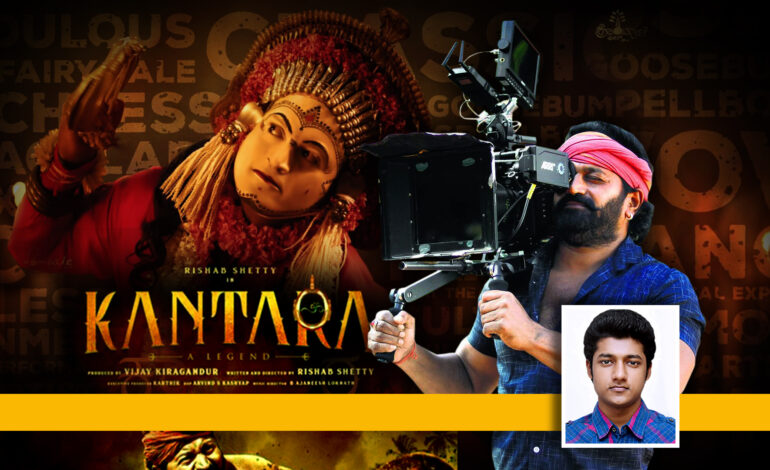
The theme of ‘man vs nature’ is at the heart of Kantara. And there could not be a more relevant time in human history for a film to discuss it. The Tulu tribes, who’s history, culture, traditions and livelihood comes under the threat of extinction, garner the complete sympathy of the audience.
Let me begin by saying this outright, Kantara is an absolutely primal and electrifying experience that must be enjoyed in a theatre and not on your phones or laptops. Rishab Shetty, who is the writer, director and the lead actor, has crafted a vision that is truly special. Connecting back to his roots in Udupi district of Karnataka and its prominent Tulu culture, he brings alive its magnificent and hypnotic folklore. Along with depicting the beauty and mystery of the long standing ritual “Bhoota Kola”, he also uses the film to make a definitive statement on the bureaucratic disregard of tribal communities and the destruction of their way of life at the hands of the authorities.
The film begins with the tale of a 19th century king, who has everything a man can wish for and yet cannot feel peace of mind. His desperate search for peace leads him to a tribal forest land where he comes across a stone worshipped by the tribe. The sense of peace he feels standing before the stone, compels him to ask them to hand it over in return for anything they ask. The stone represents the deity “Panjurli Daiva”, who possesses one of the villagers and agrees to the king’s demand on the condition that he gives this forest land to the tribals for perpetuity. However, Panjurli warns the king that if the king or his successors go back on their word, he will take his destructive form, “Guliga Daiva” and bring down vengeance upon the king’s family. This agreement made by Panjurli and the king sets the stage for all the events that follow. The film drives home the seriousness of this agreement by showing the mysterious death of a successor who tries to take back the tribal land. This event also depicts the magical powers of the one who performs the Bhoota Kola ritual, as he becomes a vessel possessed by the Panjurli Daiva. This magical event in the opening scene of the film, with the protagonist’s father at the centre of it, becomes an important motif in the main plot of the film.
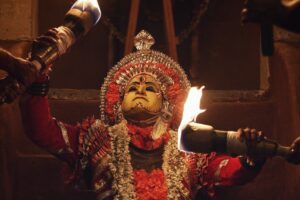
Shiva, our protagonist, roars onto the screen while taking part in ‘Kambala’, the annual buffalo race. He comes across as powerful and authentic in his personality and somehow more intimidating and physically imposing than the beasts at his disposal. This raw wildness of Shiva fills the audience with excitement every bit of the way as the story progresses . The characteristics that Shiva often displays throughout the film are parallel to the mythical story of Guliga Daiva, the spirit worshipped by the Tuluvas. He is rough around the edges, unruly, dismissive of authority figures and has an insatiable hunger for hunting and eating wild animals , very similar to Guliga, the spirit that attacked Lord Shiva’s bull and is known for its eternal hunger. Rishab Shetty deserves all the praise in the world for taking on the challenging task of simultaneously being the director and the lead actor of Kantara, and passing the test with flying colours. It’s strikingly clear that this is a subject matter close to his heart and his upbringing, and the success of the film proves his statement that “local is the new global”. Kantara definitely benefits from this unique, unabashed rural pride; which allows audiences in even the biggest metro cities to reconnect with something primordial in them they’ve lost touch with.
The theme of ‘man vs nature’ is at the heart of Kantara. And there could not be a more relevant time in human history for a film to discuss it. The Tulu tribes, who’s history, culture, traditions and livelihood comes under the threat of extinction, garner the complete sympathy of the audience. We find their simplicity and coexistence with mother nature as the side of goodness and the encroaching, disruptive police state as the side of greed and evil. It is worth noting that if we are to be wiped out by a global climate catastrophe, the skyscrapers and glass palaces will not remain standing, but somewhere a hunter gatherer tribe will likely persevere and ensure the continuity of the human species. Kantara treats the plight of the tribal communities with the gravity and empathy they deserve. Actor Kishor Kumar, who portrayed the role of the stoic, fascistic forest officer Murali, needs to be pointed out. His performance as the lethal Murali is effective in making us as an audience align with the tribals for majority of the runtime. Another key character who stands out is Devendra Suttoru, played by Achyuth Kumar. Achyuth kumar’s performance is as nuanced and tricky as the character himself.
Part of the reason why Kantara is getting the response it has received is due to its screenplay. Rishab Shetty has crafted a well written script, with a near perfect dramatic structure. How the film efficiently establishes the story of the myth in the opening minutes and how it all ties back to where we began in an epic, goosebumps-inducing climax is a thing of beauty. It is clear that the screenplay and its structure is very well planned as there are many clever references, call backs and motifs sprinkled throughout. The strong sense of closure and wholeness the audience feels by the end of the film is also a testament to this. Kantara manages to do justice to its themes while at the same time being an out and out mass entertainer that delivers comedy, action, heroics, and wishful serving of punishment on the unjust. One flaw in the screenplay worth explicitly mentioning is how quickly the heroine, Leela, played by Sapthami Gowda, falls in love with Shiva. This particular point sticks out unbaked in an otherwise delicious treat. Especially considering how disrespectful Shiva is towards Leela in their first meeting. Helping her secure a job is simply not enough motivation to instantly break into a romantic song. Shiva is an animalistic, toxic man in the context of how this relationship begins, which is something we see in commercial Indian films all the time. But one must remember that even today, things are not any different in rural India and this film is set in a rural tribal village in the 1990s. I am fully aware that the filmmaker’s responsibility is towards making the most authentic film and staying true to his vision; and not towards my utopian vision for humanity. However, the scenes where Shiva disregards the consent and privacy of Leela, would , in all probability, trigger reminders of their own trauma in many female members of the audience . Leela’s character from this point on is well written as she stands by her truths repeatedly in disagreement with Shiva. Sapthami Gowda has done an excellent job as Leela, showing her potential as an actor to look forward to.
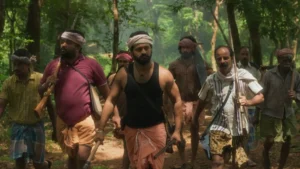
The filmmaker’s decision to shoot in real locations was the right one, as it allowed Arvind Kashyap to showcase the majesty and allure of the forest and ritual grounds with his perfectly elegant framing and lighting. Kantara is without doubt a visually rich film. This seems to be Arvind Kashyap’s year, as he was also behind the camera of the critical and commercial success “777 Charlie”. There is something so emotionally poignant about his shot selection that really brings the director’s vision alive. The muddy, raw and dynamic kambala scenes, the mysterious and spiritual yellow mist of the Bhoota Kola rituals, the blood red fiery shots in the final conflict all need to be pointed out for how much richness they add to the film. C.P Ramesh, the colourist of the film, also deserves credit for bringing Arvind’s vision to life. Kantara starts off with a bang and never slows down. The film is a brilliantly paced freight train that culminates in the atomic blast that is its climax. The editors of the film, K.M Prakash and Pratheek Shetty, have not allowed the audience’s attention to drift away even for a second . Even in the middle of such a power packed, energetic film, the slow somber moments are still given the right amount of time to simmer. Perhaps nothing adds to the authenticity of the world of Kantara like its production design and costume design. Dharani Gangeputhra’s choice of sets, props, along with the costumes designed by Pragathi Rishab Shetty are all clearly a result of extensive research and brilliant colour sense. When I left the theatre, nothing stayed in my head more prominently than the primal scream let out by Guliga Kola throughout the film. That central element of sound which remains throughout the film has been used to perfection. Even in Shiva’s entry in the kambala scene, that scream is there as a reminder that we are not looking at any ordinary human being. Raju Albert, Sandeep Kumar, Arun S. Mani and Narayanan Sp who did the sound design for Kantara have done an exquisite job. Along with that powerful scream, the other most important sound element of the film are the songs by B. Ajaneesh Loknath. They elevate the film to new heights, especially ‘Varaha Roopam’, which is the very soul of that masterful climax. It is very rarely that a song becomes this central to the final act of a film. ‘Varaha Roopam’ deserves special mention even though it has now been mired in controversy over seemingly legitimate accusations of plagiarism by the group ‘Thaikkudam Bridge’ of their song “Navarasam”.
Kantara is a special film in terms of what it achieves. It is authentic, heartfelt, mystical and powerful. It champions the underdog by bringing the attention of the masses to their harsh realities. It is also an invitation to reconnect with the primordial spirit of rural south India and our tribal ancestors.


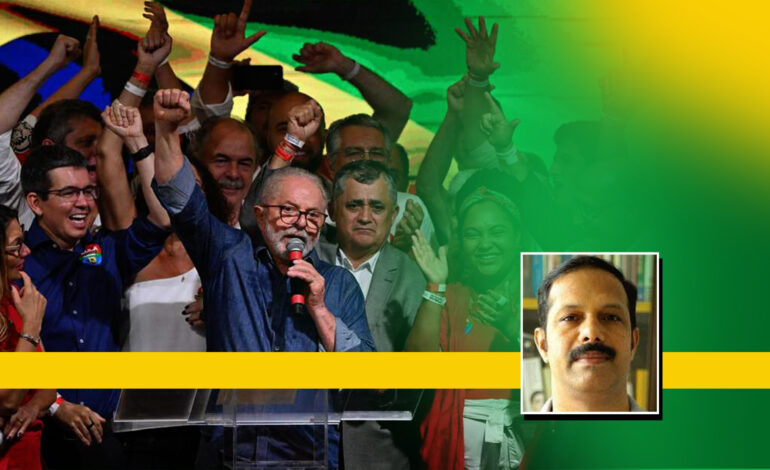
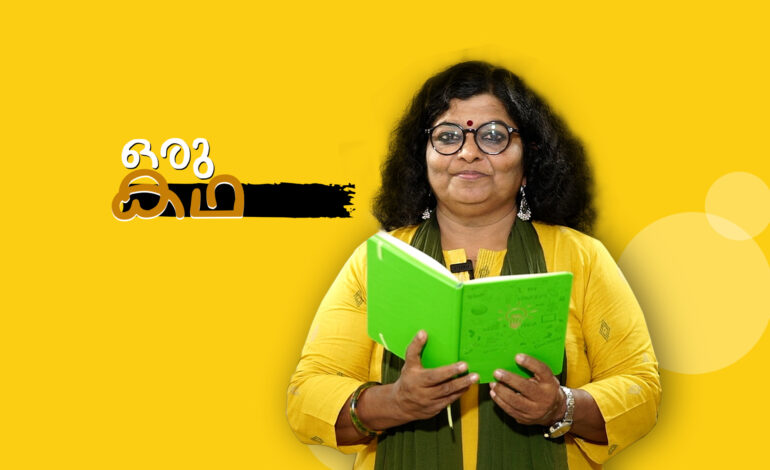
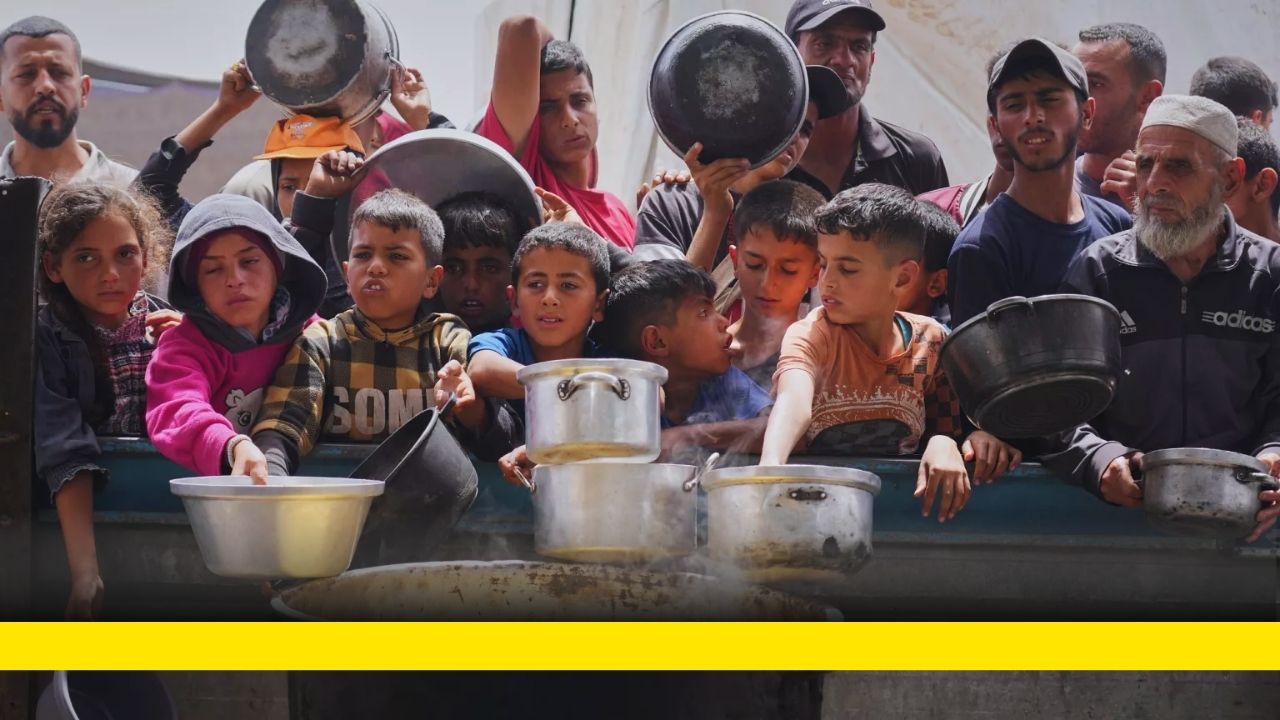
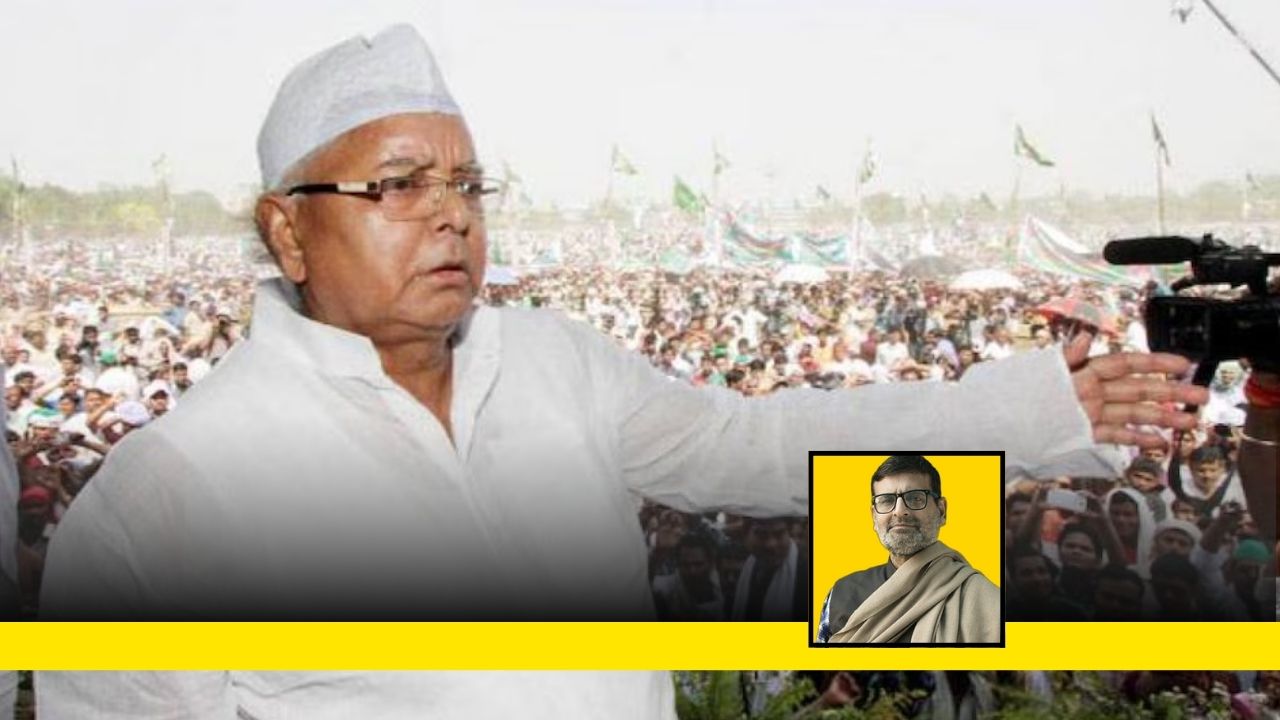

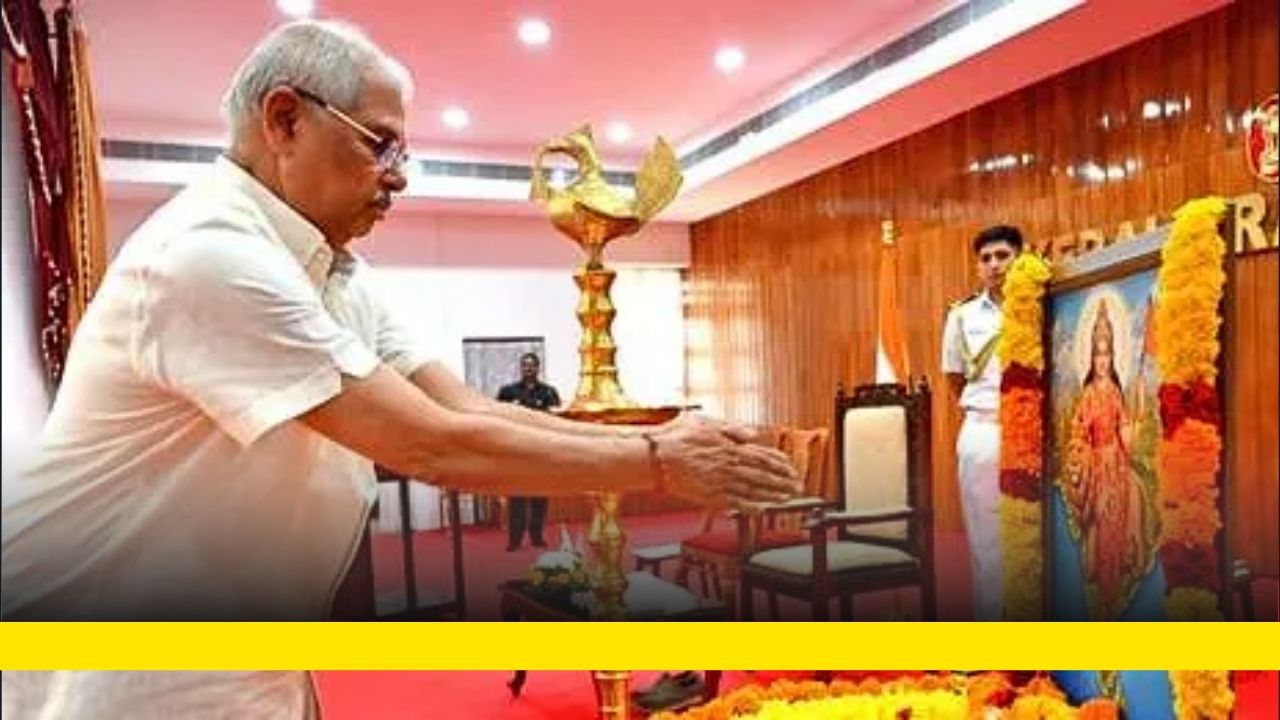




❤️❤️
👍❤️
I guess I’ll have to watch the movie now, hope its as good as this article (good stuff, good stuff)